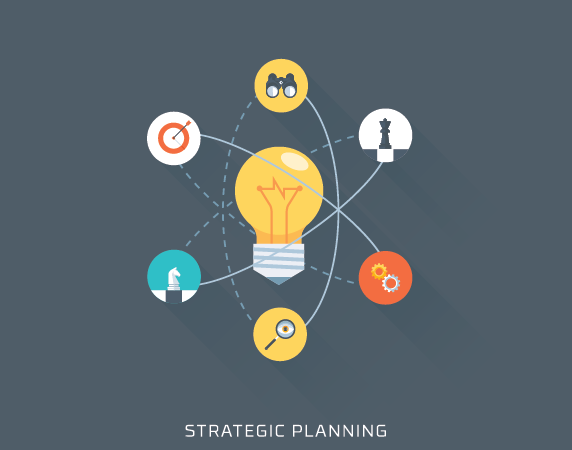5 Essential Parts of an Effective IT Plan That CIOs Should Know
How important do you think your company’s IT strategy is?
If you thought you could have some vague estimates figured out, of where you are and where you would like to go, and then you would work out the rest of the elements on the fly, then I’m afraid you too are part of the 50% of firms that don’t consider their IT investments to be important.
That’s right. Most businesses consider investments in IT a huge priority to increase customer and partner engagement, but often end up seeing workforce automation technologies as cost centres, rather than as opportunities for competitive advantage. The main reason for this is the lack of a proper vision, and viable systems necessary to execute the plan.
“A company’s IT plan can decide whether it is going to float above or sink in today’s cutthroat marketplace”
Hence, CIOs, like you, need to have a clearly defined IT strategy to guide your organization towards success. And drawing up such a detailed plan in black and white is not an easy task. You need to take your time to include a number of elements relating to your business and technology. But it also needs to be concise.
Essentials of an effective IT strategy
Here are some elements that an ideal strategic IT plan should have:
- Executive summary – As any business plan or document, a strategic IT plan should also start with the executive summary. It is basically a clear, concise and effective statement that summarizes the major objectives of the IT strategy. These objectives should be in line with the company’s overall goals, vision, and mission, which should all be specified in the document as well. It should also include a rundown of the processes that are going to be followed to achieve the objectives. All this should be done keeping in mind the intended audience, that is, the business.
- Scope review – The scope of the specific requirements of the business is required in an IT plan, to help IT map out the technological needs of the company for the future. This can be done using several methods like conducting gap analysis, industry analysis and even internal assessments like, surveys and interviews. Once the strengths and weaknesses in the operations and procedures are figured out, the technology needs become clear.
- Business Context – The business context is a more detailed and extensive explanation of the specific objectives driving the IT strategy. It also explains the intended end results and targets of the IT plan. It includes the business objectives, priorities as well as a roadmap of the goals, which could be in the form of a visual representation. It should also include metrics that describe the position of the organization’s IT in the present day and the target state that you wish to achieve.
- Strategic initiatives – These include the projects, activities, and initiatives that are essential for achieving the entire IT plan. It can be in the form of a list, along with a statement of purpose meant for IT decision makers to execute the plan effectively.
- Review – The review consists of highlights and major points of the accomplishments of IT in the previous year along with the elements and resource requirements of the current year. It can include a detailed analysis of the company’s progress over the previous year, in meeting goals, with proper explanation as to which were goals were met and which were not, what were the challenges that were faced and the like.
These pointers are sure to help you draft your strategic IT plan. Once the plan is in place, CIOs need to work in close collaboration with all departments of the organization, to direct all efforts towards the discussed goals. Since, all aspects of the plan, including the technology gaps and risks that exist, the means and resources needed to cover them and overall requirements of the business are drawn out, your IT plan will be successful.
Stay up to date on what's new

Recommended Posts
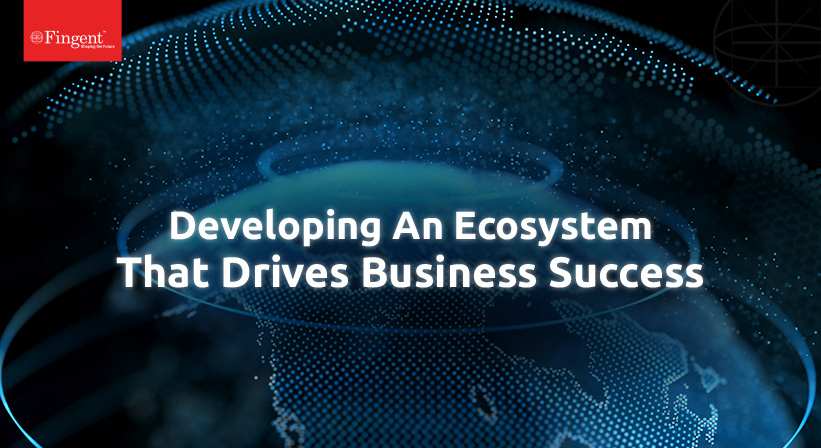
16 Jun 2022 B2B
Reshape Your Business Ecosystem to Foster Sustainability and Growth!
Customer expectations are changing dramatically. In response, digital transformation is becoming an unstoppable wave that is overtaking all sizes of businesses. To succeed in this environment, it is vital that……
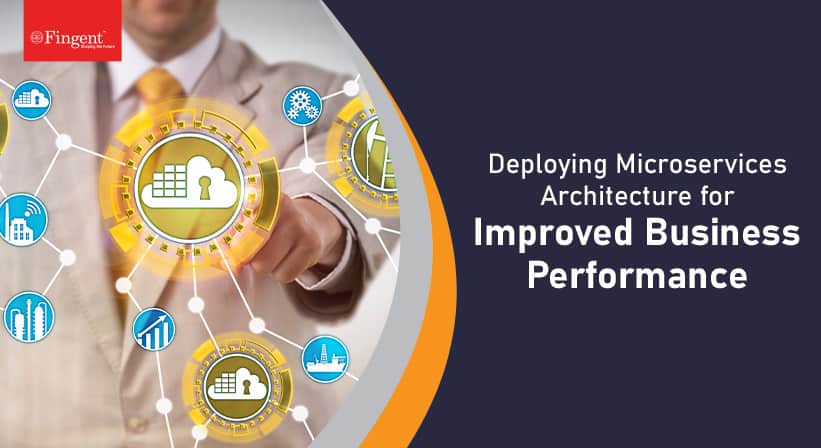
06 Oct 2021
Is Microservices Architecture The Next Best Move For Businesses?
Technology is getting better and better each day. Several technologies and architectural patterns have emerged and evolved during the past few years, and it only gets better with time. Microservices……
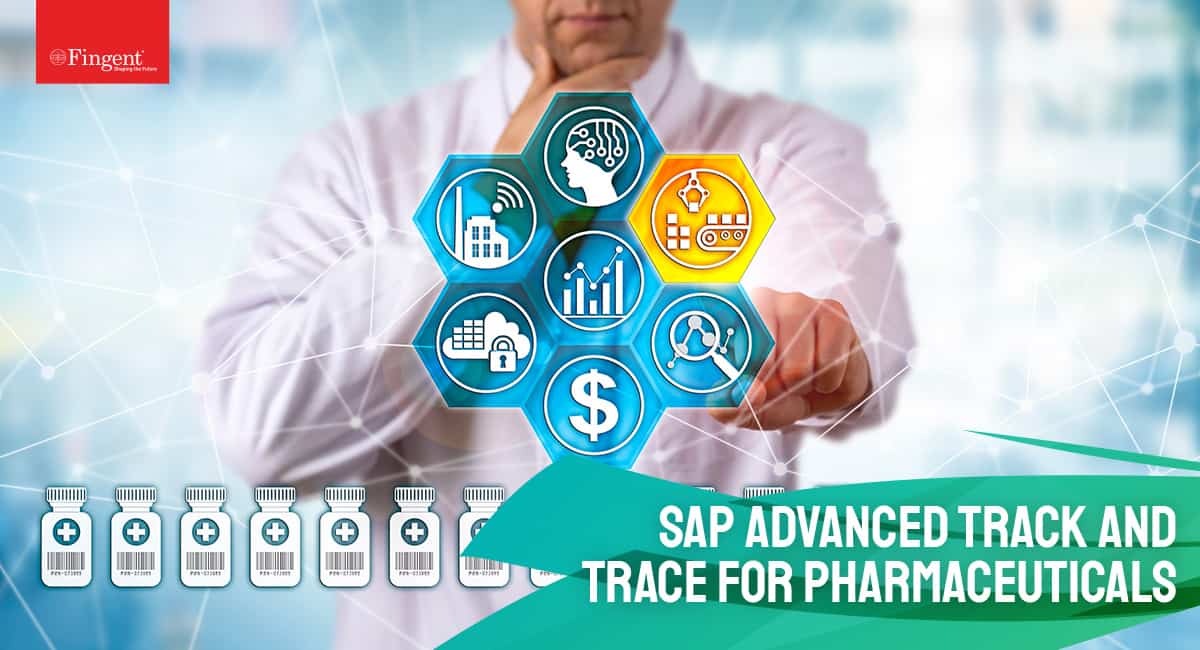
18 Jun 2021 Healthcare
SAP Advanced Track and Trace for Pharmaceuticals: Driving the Mission to Vaccinate the World
SAP ATTP Enables COVID Vaccine Manufacturers to Overcome Supply Chain Vulnerabilities. Find How! Vaccinating the whole world and making everyone resistant to COVID-19 is a daunting task. From managing product……
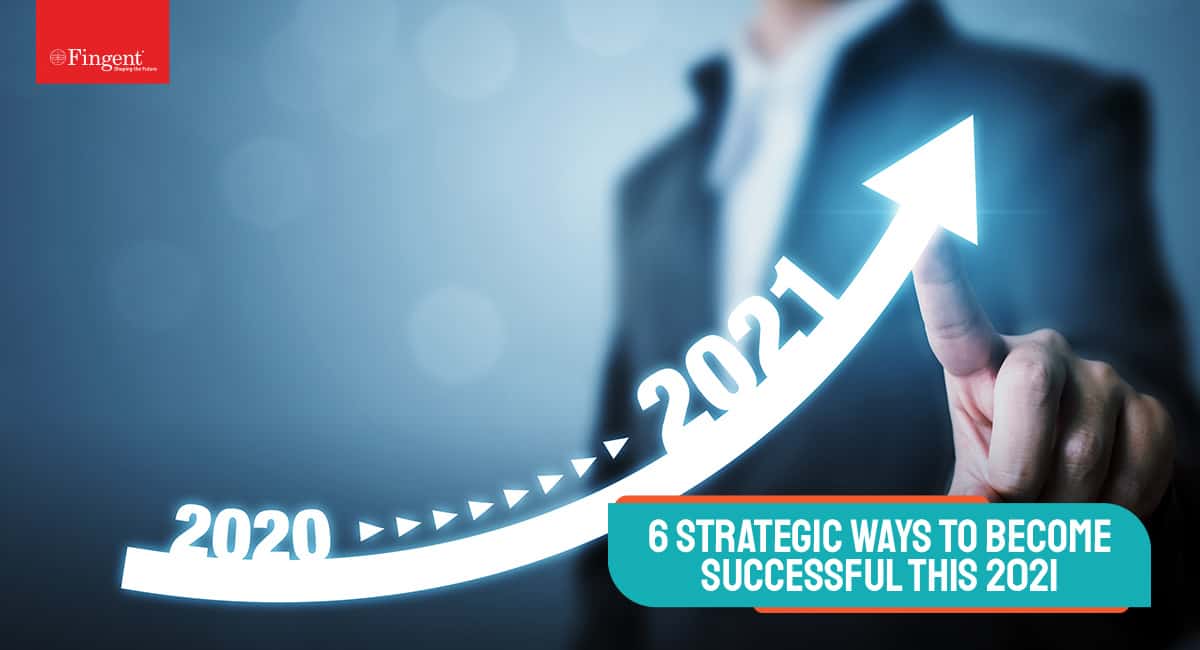
24 May 2021 Retail Healthcare
Ways To Accelerate Business Growth and Success in 2024
How Organizations Can Embrace Transformation and Expedite Their Growth From remote working and e-learning to sales and customer service to more critical cloud infrastructure and security, the COVID-19 pandemic has……
Featured Blogs
Stay up to date on
what's new



